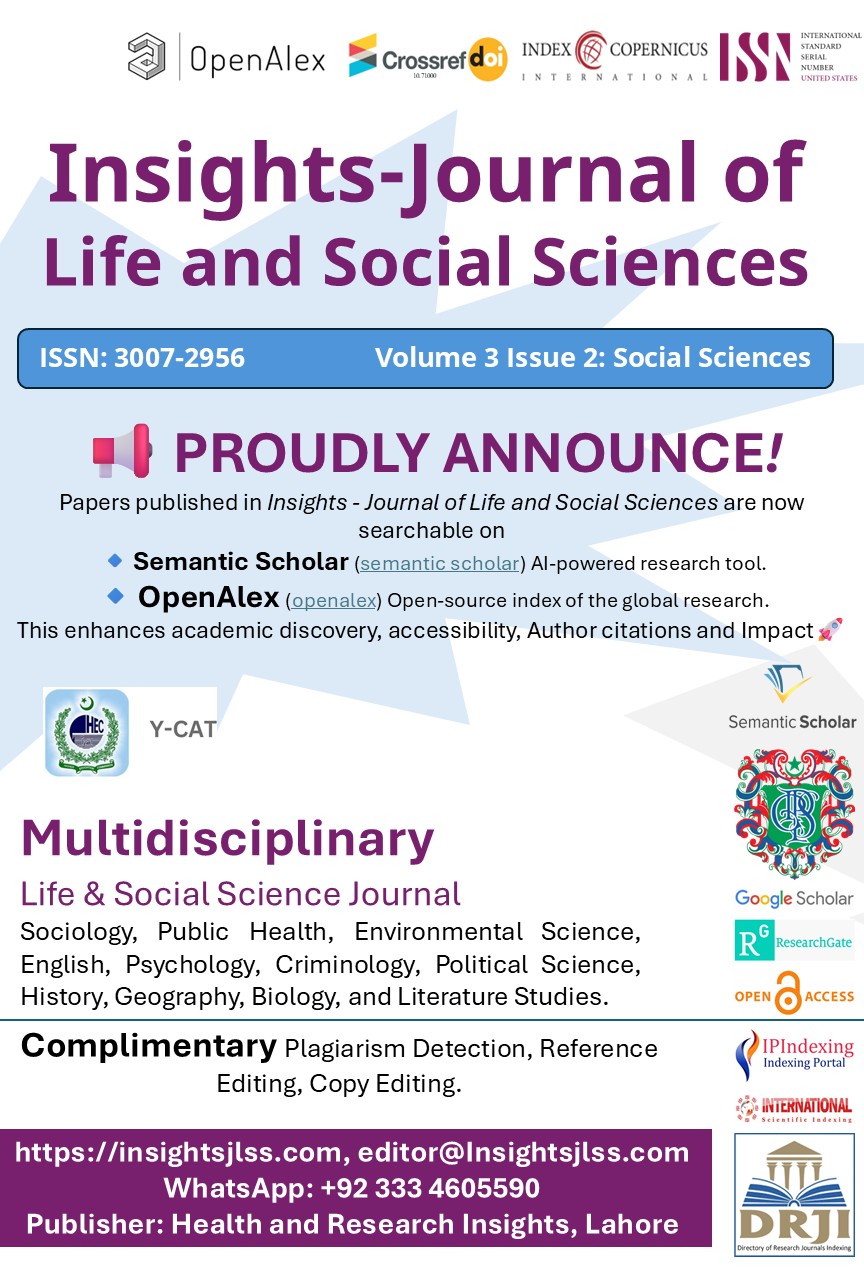PHYSIOLOGICAL AND MORPHOLOGICAL ADAPTATIONS OF MAIZE (ZEA MAYS L.) UNDER VARYING ENVIRONMENTAL CONDITIONS: IMPLICATIONS FOR GROWTH AND YIELD
Main Article Content
Abstract
Background: Maize (Zea mays L.), a globally important cereal crop, faces significant yield constraints due to increasing environmental stressors such as drought, heat, salinity, and soil nutrient deficiencies. Climate change and declining soil fertility continue to jeopardize food security in many maize-growing regions. Understanding the physiological and morphological responses of maize to these abiotic stress factors is crucial for developing climate-resilient cultivars and optimizing agronomic practices for sustainable production.
Objective: This study aimed to evaluate the physio-morphological responses of maize under controlled and field-imposed abiotic stress conditions to inform breeding and management strategies for improved tolerance and yield stability.
Methods: Field and greenhouse experiments were conducted using a drought- and heat-tolerant maize hybrid. Stress conditions—drought, heat, salinity, and nutrient deficiency—were simulated using water regulation, temperature-controlled chambers, NaCl applications, and nutrient variation, respectively. Physiological parameters (photosynthetic rate, stomatal conductance, osmolyte content, hormone levels) and morphological traits (plant height, leaf area index, root length) were assessed using standardized instrumentation including LI-COR 6400XT, SPAD meter, and root scanning software. Yield and reproductive traits were analyzed post-harvest.
Results: Drought reduced plant height from 180 cm to 140 cm and photosynthetic rate from 28 to 18 µmol CO₂ m⁻² s⁻¹, while increasing root length to 50 cm and proline content to 9.8 µmol/g FW. Heat stress lowered chlorophyll content to 38 SPAD units and pollen viability to 70%. Salinity induced a rise in ABA to 70 ng/g FW and root length to 45 cm. Nutrient deficiency decreased chlorophyll to 32 SPAD and grain yield to 7000 kg/ha. Grain yield under drought fell by 27.8% compared to control.
Conclusion: Abiotic stress significantly impairs maize growth and yield through physiological disruptions, despite morphological compensations. Integrating stress-responsive traits in breeding programs and precision agronomy is essential for improving maize resilience and productivity under changing climates.
Article Details

This work is licensed under a Creative Commons Attribution-NonCommercial-NoDerivatives 4.0 International License.
